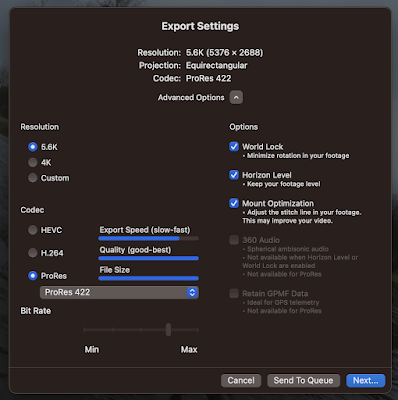"Smartweather Professional Weather station with PC hookup and Solar power" http://goo.gl/vQSQu. It looks very similar to the (rebadged?) Ambient Weather WS-2080 Wireless Home Weather Station http://www.ambientweather.com/amws2080.html
Anyway: it has a solar battery recharger - so I don't have to maintain the outdoor part - wind speed and direction sensor, temperature, rainfall, barometric pressure; so lots of interesting data to accumulate.
However as Alex said "the fun is in deciphering the protocol used to transfer the data from the unit to the PC".
The console acts as a local display and the connection point between the PWS (personal weather station) and a PC. The Smartweather kit comes with an EasyWeather software install CD.
n.b. Davis provide the WeatherLink software application for their own products. There may also be other basic client software packages from open source or free. Some resources to investigate:
- the Cumulus Weather Station Software (link)
- the Weather Station Data Mining Project on sourceforge (link)
- the Weather Underground (wunderground) weather station network (link)
- for OS X, the Weather Snoop (link)
All good stuff. Now to read Mike Puchol's blog on "where are the all the beautiful Mac OS weather apps?"... (link)




